This comprehensive list of cloth nappy terms is not meant to overwhelm, but to guide your journey into cloth. We hope you find it useful. Be sure to check the blog next week for a glossary on the various fabric options available.
The ANA is deeply grateful to Jannine Barron of Nature’s Child for her time in compiling this series.
All In one nappy (AIO)
A fitted nappy with the water resistant layer sewn on the outside of the nappy, creating a one step nappy that is quick to use. Usually take longer to dry but liked for the one step.
All-in-two Nappies (AI2)
Similar to all in ones except the booster usually snaps in and out easily. The purpose is to ensure faster drying times and to aid the absorbency of the nappy. Waterproof outer layer and absorbent inner layer can be washed and dried separately.
All in Three’s (AI3)
Three items to one nappy. A booster, the main nappy and a nappy cover.
Aplix
Another brand name for hook and loop fastener, it is just like Velcro. It is used to fasten nappies rather than snaps.
Acid Wee
It can dramatically damage some nappy fabrics so its worth investigating if this happens to you. Best to look this one up as there is a lot to say.
Booster
An absorbent pad made from any fabric, which is added to a nappy to increase its absorbency.
Cloth Baby Wipes
A fabric square or rectangle, usually made from flannel, bamboo or terry, that is used instead of a disposable wipe to clean baby’s bottoms. You add water or use dry.
Cloth Nappy Library
A Modern Cloth Nappy (MCN) Library gives parents opportunity to trial a variety of nappies, primarily MCN’s and learning what works for their family. A great idea when there are so many choices on the market. Check that the library has a A professionally laundered and sanitized cloth nappy library service (ask if they meet Australian Laundry Standard AS/NZS 4146) is vital to protect your baby’s health, preventing transmission of disease.
Contours
Multiple layers of fabric in an hourglass shape. No folding required. Fits into most nappy covers.
Cover
A cover is used over some Modern Cloth Nappies, Fitted Nappies or traditional terry squares to stop wetness from wicking through onto baby’s clothing. Covers are usually made from waterproof breathable fabric such as PUL (polyurethane laminate), wool or 100% polyester fleeces. Some people refer to covers as “wraps” or pilchers.
Doubler
Another name for a booster – absorbent pad made from any material. Place inside a nappy to increase absorbency.
Dry Pailing
A no water solution for dirty nappies. Dirty nappies are placed in a dry bucket until washing day. 24 hours max is usually recommended to avoid staining and smelling. After dry pailing, nappies can be placed strait into the washing machine. A cold pre-rinse may be required., followed by an ordinary warm wash. This method is more environmentally friendly than soaking and is useful if water shortage is an issue. Always refer to manufacturer instructions before using this method. Dry Pailing will prolong the life of most nappy fabrics.
Dryer Balls
If you ever dry your nappies in a dryer, these balls are a natural fabric softener. Pure wool dryer balls or plastic ones prevent the need for conventional fabric softeners. Dryer balls claim to cut drying time by up to 25% per load. They reduce static and wrinkles.
Fitted nappy
It is a shaped nappy made from absorbent material with no waterproof outer. Usually fastens with snaps or Velcro type closures, and may include or require a separate water resistant cover. Fitted Nappy styles may include AIO, AI2, Pocket or other styles.
Flat nappy
Includes traditional cotton, muslin, bamboo or flannelette squares. They are usually folded and fastened with a pin or snappi, and require a waterproof cover. Budget friendly and fast drying times are the major benefits. No pins or snappi’s needed depending on the style of nappy cover you use.
Hook and Loop
A generic name for velcro, apilix and touch tape, which are all used as fasteners for nappy products.
Hybrid Nappy
This refers to a reusable nappy cover that can have cloth or disposable insert. Hence the term hybrid. You determine if you need a disposable or cloth insert depending on your activities that day. Disposable inserts are usually biodegradable but not always. Check with your retailer.
Insert (or ‘stuffer’)
A specialised absorbent booster pad used inside a pocket nappy to make it absorbent. Usually a pocket nappy term.
Lanolin
Lanolin is the grease from sheep’s wool. It is used to help water-proof wool nappy products. The wool absorbs the lanolin which increases it’s hydrophobic properties. You can buy specialised lanolin wool soakers in various brands or use lanolin from a tube diluted in water. Your Wool Nappy Retailer will have full instructions.
Liner
A much loved accessory for any cloth nappy user. Disposable or Cloth options available. Designed to make cleaning cloth nappies easy and to reduce nappy staining. Poo is collected on the liner and you simply remove the liner for flushing poo, then place wet only nappies in your nappy bucket or machine. Disposable liners are made from biodegradable materials like bamboo or corn-starch. Cloth liners are usually made from polar fleece, micro fleece, polyester, wool or silk as these allow the moisture to wick through to the absorbent part of the nappy. This is known as a “stay-dry” feature.
Longies
Knitted woollen long pants which are a also a nappy cover. They double as clothing sometimes depending on design. An outfit and nappy cover in one!
Modern Cloth Nappy (MCN)
This is a general description referring to any pre-shaped nappy that involves little or no pinning or folding. They include nappies like AIO,AI2 and pockets.
Nappy Bucket Deodoriser
Various Brands Available. Designed for Nappy Buckets. Absorbs strong odours.
Nappy cover (wrap)
A shaped water resistant cover which goes over a fitted or flat nappy to make it waterproof. Fabrics may be fleece, PUL or Wool.
Nappy Free
No or Few Nappies Required! Also known as elimination communication. This is the practice of training babies from birth to communicate their elimination needs. No nappies required. Worth researching and doing part time or full time. from birth. The techniques can also be used for good toilet training at any age.
Nappy Pins
Are like a super large safety pin, usually with a coloured plastic top. They fasten Flat nappies and Pre folds. Considered old fashioned and rarely used. Replaced by the Snappi TM
Night Nappies
An MCN with extra padding built in or as boosters to help a cloth nappy last all night. Bulkier but prevents night changes.
OSFM
One Size Fits Most. Nappies that adjust to fit from birth (or close to) to toilet training.
OSFA
One Size Fits All. Nappies that adjust to fit from birth (or close to) to toilet training.
Pail Liner
A large waterproof bag that sits in side a nappy pail, allowing you to remove your soiled nappies with ease from a nappy bucket.
Pilchers
Sometimes this is used as a name for any nappy cover. Usually refers to the old style of nappy covers. PVC Non-breathing plastic pants used to cover fitted or terry flat nappies. Not recommended these days but still available for purchase in some supermarkets for about 50cents each. They are virtually disposable as they do not last very long. They tear easily.
Prefold
Similar to a flat nappy with a thicker pad in the middle. Can be used as a newborn nappy and then a booster pad laster on. Can be fastened with pins or snappi and requires a waterproof cover.
Pocket nappy
A shaped nappy made from an outer water resistant layer, and in inner stay dry layer. A pocket opening at one or both ends allowing the absorbent material to be ‘stuffed’ inside the nappy.
Poppers
This refers to a type of nappy closure. Looks like a button but is easily fastened and unfastened. In Australia, these are more commonly referred to as snaps.
PUL Polyurethane laminate
You can say this as either P-U-L, or Pull). PUL is a soft clear coating of polyurethane that is chemically and heat applied to the back of fabrics resulting in a product that is both waterproof and has a small amount of breathability. The size 1MIL, or 2MIL etc refers to the thickness of the laminate. The laminate is applied to either cotton fabric or polyester fabric.
Pull-up Pants
Refers either to Training Pants or a Nappy Cover. The latter allows you to pull on easily over any nappy. No clips or fasteners. Imagine undies with wide elastic and leg bands that are stretchy and easy to pull on.
Reusable Nappy
Any cloth nappy. Flat or fitted. Can be washed and reused.
Square Nappies
Usually refers to Terry Flats. See below under T.
Shorties
Knitted woollen short-legged nappy cover.
Snappi
Actually it’s a brand name but has made our way into our vernacular. Snappi® is made from a stretchable plastic which is T-shaped with grips on each end. These grips hook into the cloth nappy to ensure a snug but comfortable fit for baby. Snappi® makes using environmentally friendly cloth nappies easy and ouch less! They replaced the old fashioned nappy pins about 25 years ago. A collective sigh of relief for parents!
Soaker
A knitted woollen nappy cover. They are also referred to as woollies. Short-legged soakers are also referred to as shorties and long-legged onesies can be called longies.
Strip Wash
A washing technique for when nappies suddenly seem to be less absorbent or smells. Only needed with some fabrics. Instructions can be found on line using a home made solution of detergent. Some new products are on the market now for strip washing as well.
Swim Nappies
Fabric pants that are fitted like a nappy but not designed for absorbency, usually made from nylon and sometimes with a fabric lining. Designed to keep poo in the pants, not in the pool. A great alternative to disposable swim nappies which seem to be widely accepted as standard, even though they are a product that is only 15yrs old. Babies have been swimming for a long longer than that!
Terry flats
This is the traditional Nappy that has been around for a century. A square of Towelling designed to be folded in a variety of different ways to adjust the “wet zone” and fastened by pins or snappis. Nappy covers are required.
Towelling Nappies
Usually refers to Terry Flats. See above.
Training Pants
A training pant allows you to make the transition from nappies to underwear with ease. It is not a nappy. It is a padded pair of undies that your toddler can pull on and off themselves when they are learning to go to the toilet. The padded undies catch minor accidents, giving your toddler some independence and control over the transition process.
Water resistant fabrics
Popular choices are PUL, wool, Nylon, fleece and polyester. There are new ones coming on the market all the time. Check for breathability as a feature when choosing fabric. This is vital for baby skin health.
Wet bag
A reusable waterproof bag to store used nappies in, usually features a drawstring or zip closure. Very handy for when you are out and about.
Wet/Dry Bag
As above but with two compartment. One for wet and one for dry items.
WAHM
Work At Home Mum. This term refers to people not nappies! 80% of sellers and makers of Modern Cloth Nappies are mums running business from home whilst caring for their children.
Wraps
Wraps are an old fashioned nappy cover. Lay flat and wrap around the baby. They close with by tying them on baby. Usually made from Nylon. Still available for sale in major baby stores and used in some hospitals but is diminishing in popularity.
https://www.australiannappyassociation.org.au/the-ultimate-cloth-nappy-dictionary-part-1-common-terms/



![Swim Nappy Bundle [Ship Oct 5 - 10] - Mimi & Co](http://mimiandco.com.au/cdn/shop/files/swim-nappy-bundle-ship-oct-5-10-5796576.jpg?v=1761125410)

![Toilet Training Undies Pants [Jan Preorder] - Mimi & Co](http://mimiandco.com.au/cdn/shop/files/toilet-training-undies-pants-jan-preorder-6316642.jpg?v=1766216229&width=1200)
![Reusable Bamboo Mimi™ Wipes [5 Pack] - Mimi & Co](http://mimiandco.com.au/cdn/shop/files/reusable-bamboo-mimi-wipes-5-pack-7600782.jpg?v=1761445103)




![Reusable Mimi® Menstrual Underwear [Shipping 31/9] - Mimi & Co](http://mimiandco.com.au/cdn/shop/files/reusable-mimi-menstrual-underwear-shipping-319-6508918.png?v=1759809525)




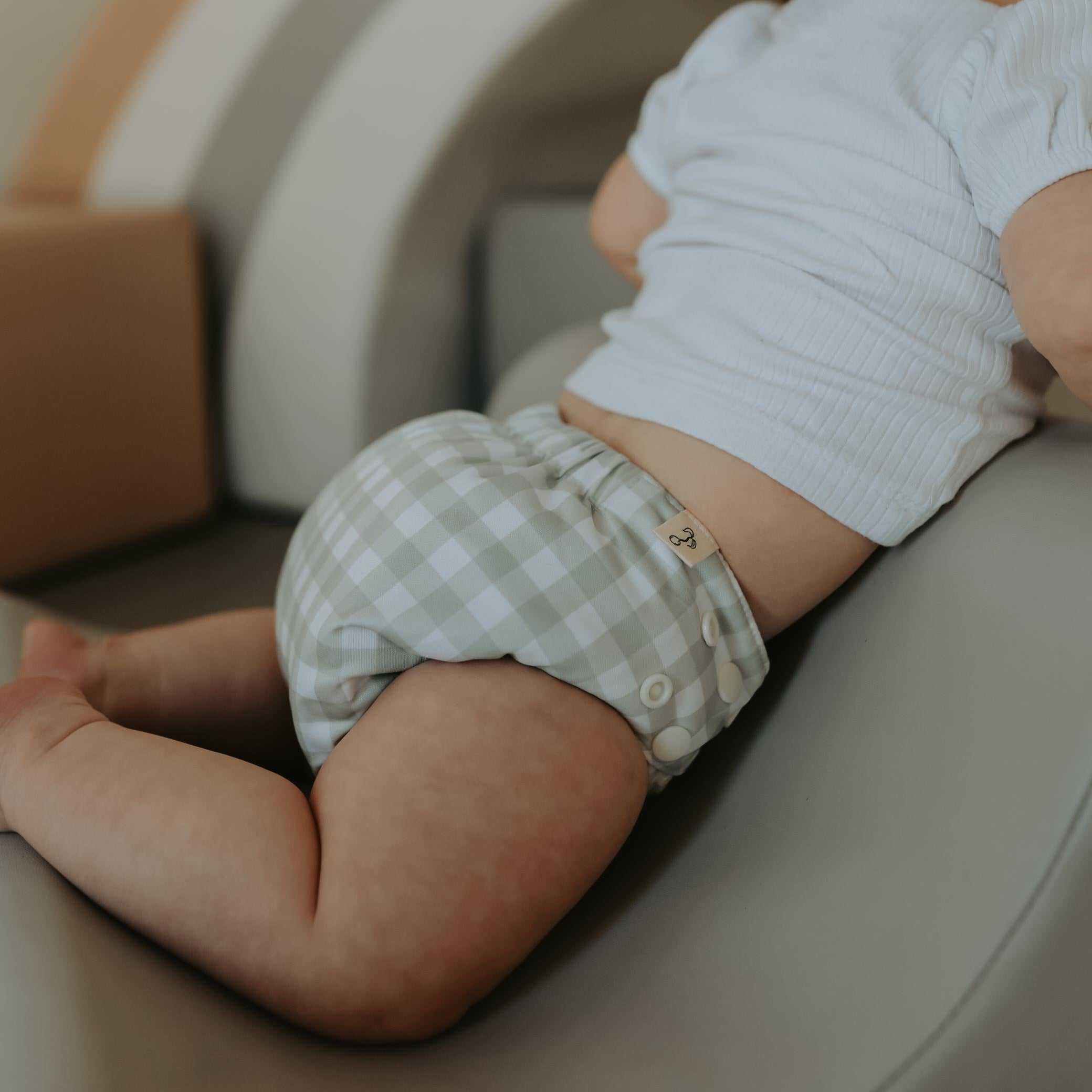


![One Size Fits Most Preflat [PreOrder] - Mimi & Co](http://mimiandco.com.au/cdn/shop/files/one-size-fits-most-preflat-preorder-761880.webp?v=1759809321&width=104)



![Toilet Training Undies Pants [Jan Preorder] - Mimi & Co](http://mimiandco.com.au/cdn/shop/files/toilet-training-undies-pants-jan-preorder-6316642.jpg?v=1766216229&width=104)

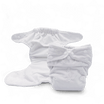








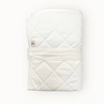


![Reusable Bamboo Wipes [5 Pack] - Mimi & Co](http://mimiandco.com.au/cdn/shop/files/reusable-bamboo-wipes-5-pack-580411.webp?v=1764820089&width=104)
![Organic Cotton Wipes [5 Pack] - Mimi & Co](http://mimiandco.com.au/cdn/shop/files/organic-cotton-wipes-5-pack-7079645.png?v=1759809401&width=104)





![Reusable Mimi® Menstrual Underwear [Shipping 31/9] - Mimi & Co](http://mimiandco.com.au/cdn/shop/files/reusable-mimi-menstrual-underwear-shipping-319-6508918.png?v=1759809525&width=104)





![Nappy Rash and Modern Cloth Nappies [Bacterial, Fungal & Yeast] - Mimi & Co](http://mimiandco.com.au/cdn/shop/articles/nappy-rash-and-modern-cloth-nappies-bacterial-fungal-yeast-5106268.jpg?v=1756302026&width=1200)






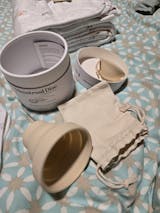

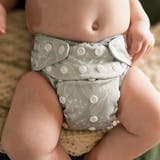







Leave a comment
All comments are moderated before being published.
This site is protected by hCaptcha and the hCaptcha Privacy Policy and Terms of Service apply.